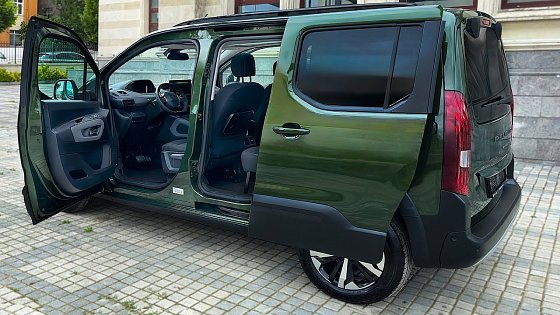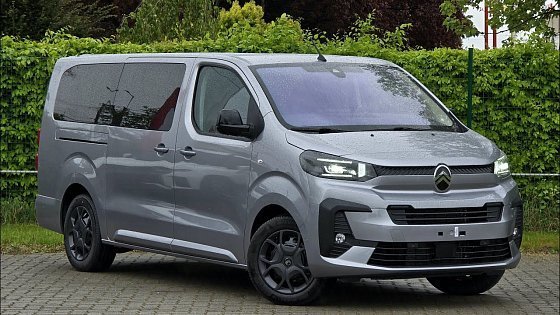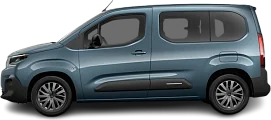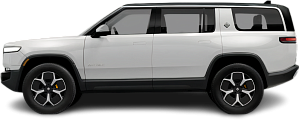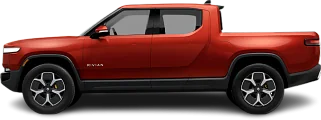Video Summary
Here's the summary of the video:- There are two main charging ports on most electric cars: T2 for alternating current and Combo CCS for direct current.
- 95% of electric vehicles currently available use the T2 and Combo CCS port types.
- Japanese cars like the Nissan Leaf often use CHAdeMO charging ports.
- Renault sometimes uses the T2 port only.
- Three options exist for charging at home: a regular outlet with a mobile charger, a reinforced outlet, and a wall box.
- Wall boxes allow charging at 32 amps and can charge 45km per hour.
- For public chargers using alternating current, users need to bring their own cables. The cost varies but tends to be too high.
- Finding chargers with apps like ChargeMap is effective due to user-reported information on charger status.
- DC fast charging is the norm on highways due to the high power capabilities.
- Tesla has opened many of its superchargers to non-Tesla vehicles through its mobile app.
- Avoid parking in a charging spot if not charging or if charging is complete, as fees apply.
- Try to charge the electric vehicle mostly to a capacity of 80%.
- For cheaper charging, aim to have an electric plan to receive electricity in off-peak hours.
- Solar panels are a source of charging.
- The presenter advises comparing prices across chargers and among installers for solar panels to avoid being overcharged.
- Look at what the charge provides by kilometer, especially with all the variables in the electricity prices of the charge stations.
- A car consuming small electric currents will help the most for cost-saving.

